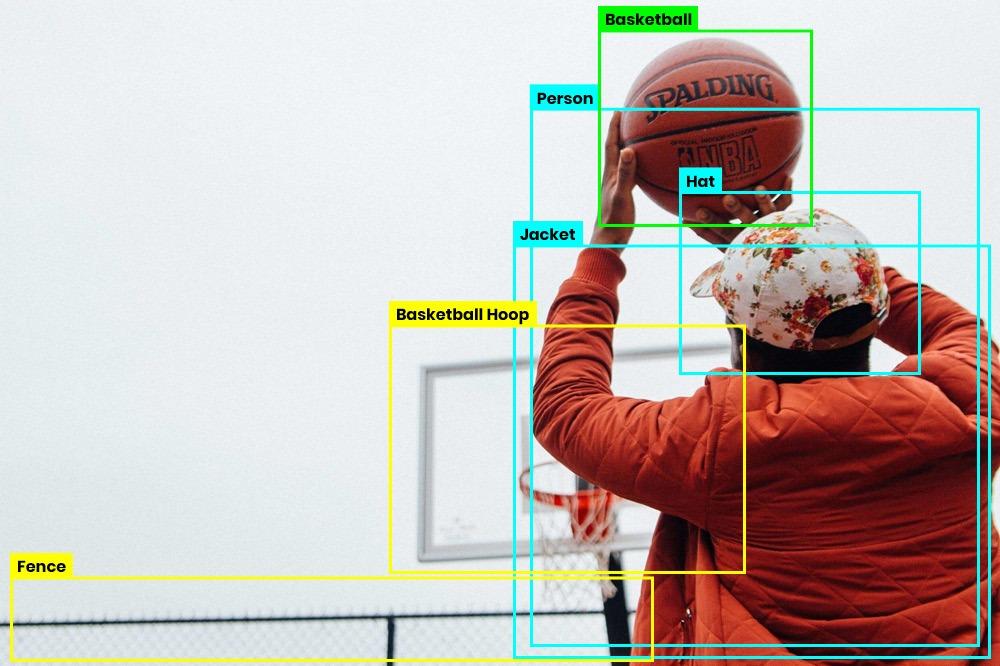In today’s digital age, the ability to process visual data efficiently is crucial for businesses and individuals alike. AI image recognition technology is at the forefront of this transformation, allowing for automated analysis and understanding of images in various contexts. From enhancing security systems to revolutionizing marketing strategies, AI image recognition is becoming a game-changer across multiple industries. This article will delve into the intricacies of AI image recognition, its benefits, practical applications, and real-world case studies that demonstrate its impact.
Understanding AI Image Recognition
AI image recognition refers to the ability of computer algorithms to interpret and categorize images, identifying objects, scenes, and activities within them. This technology is powered by machine learning and deep learning models, trained on vast datasets to enhance accuracy and efficiency. The advancement in computer vision technologies has made AI image recognition faster and more reliable, creating numerous opportunities across various sectors.
How AI Image Recognition Works
At its core, AI image recognition processes images by breaking them down into pixels and analyzing patterns. Here’s a brief overview of the steps involved:
-
- Data Collection: Large datasets of labeled images are collected to train models.
-
- Preprocessing: Images are standardized in size and shape to eliminate inconsistencies.
-
- Feature Extraction: Techniques such as convolutional neural networks (CNN) identify significant features within images.
-
- Training: The model learns to associate features with labels through supervised learning.
-
- Evaluation: The model’s accuracy is assessed using new images it hasn’t seen before.
-
- Deployment: The trained model is implemented in real-world applications.
Benefits of AI Image Recognition
AI image recognition technology offers numerous advantages:
-
- Enhanced Accuracy: With advanced algorithms, AI can achieve remarkable accuracy rates in image classification.
-
- Time Efficiency: Automating the visual data processing significantly reduces the time taken for manual analysis.
-
- Cost-Effectiveness: By streamlining operations, businesses can save costs related to labor and resources.
-
- Scalability: AI systems can handle massive datasets, making them suitable for large-scale operations.
-
- Real-time Processing: The ability to analyze images in real-time is invaluable in industries like security and retail.
Practical Applications of AI Image Recognition
Various industries have embraced AI image recognition technology to improve efficiency and service delivery:
1. Healthcare
AI image recognition is revolutionizing diagnostics by analyzing medical images for conditions like cancer and heart disease. For instance:
| Application | Description |
|---|---|
| Radiology | Automatically detect anomalies in X-rays and MRIs. |
| Pathology | Analyze biopsy samples to identify cancerous cells. |
2. Retail
Retailers use AI image recognition to enhance customer experience and optimize inventory management. Key applications include:
-
- Visual Search: Customers can upload images of products to find similar ones in the store.
-
- Inventory Management: Real-time analysis of stock levels through shelf monitoring.
3. Security
AI image recognition enhances security systems through:
-
- Facial Recognition: Identifying individuals in real-time in security footage.
-
- Incident Detection: Automatic recognition of suspicious activities in crowded places.
Case Studies of AI Image Recognition Transformations
Real-world applications of AI image recognition illustrate transformative impacts:
Case Study 1: Google Photos
Google Photos uses AI image recognition to categorize images automatically, allowing users to search by keywords instead of tags. This feature enhances user experience by making photo management effortless.
Case Study 2: Zebra Medical Vision
Zebra Medical Vision’s AI algorithms analyze medical images to detect various diseases. By automatically flagging potential issues, doctors can focus more on patient care rather than preliminary image assessments.
Tips for Implementing AI Image Recognition
For organizations looking to adopt AI image recognition, consider these practical tips:
-
- Define Goals: Clearly outline what you aim to achieve with image recognition technology.
-
- Choose the Right Tools: Select AI tools and platforms that align with your needs and existing systems.
-
- Invest in Quality Data: Train your models with high-quality, diverse datasets for better accuracy.
-
- Monitor and Optimize: Continuously track performance metrics and refine algorithms as necessary.
Challenges in AI Image Recognition
Despite its advantages, AI image recognition faces several challenges:
-
- Data Privacy: Use of personal images raises ethical concerns and requires strict compliance with privacy laws.
-
- Bias in Algorithms: Poorly curated datasets can lead to biased model predictions, impacting the fairness of automated systems.
-
- High Implementation Costs: Initial setup and training can be resource-intensive, requiring substantial investment.
Conclusion
AI image recognition is transforming visual data processing across various sectors, offering enhanced efficiency, accuracy, and new capabilities. As this technology continues to evolve, its applications will expand, leading to significant advancements in how we interact with visual content. By understanding its benefits, challenges, and real-world applications, businesses and individuals can leverage AI image recognition to stay ahead in an increasingly competitive landscape.

